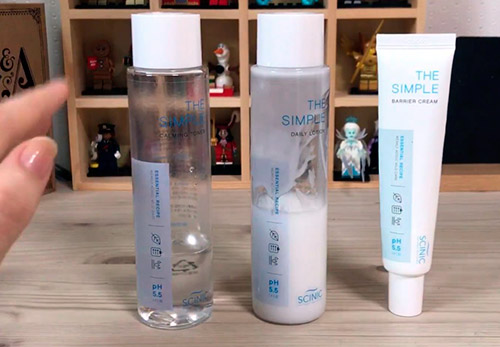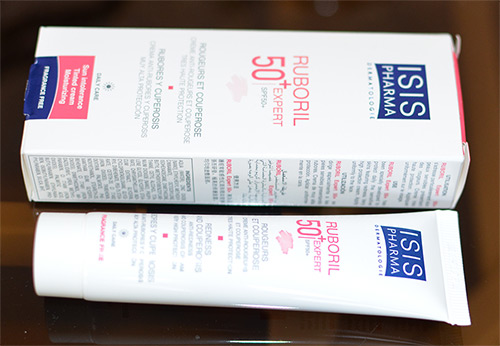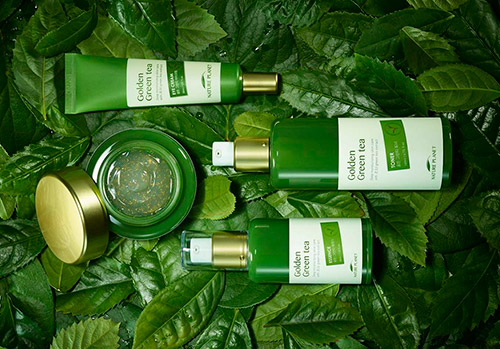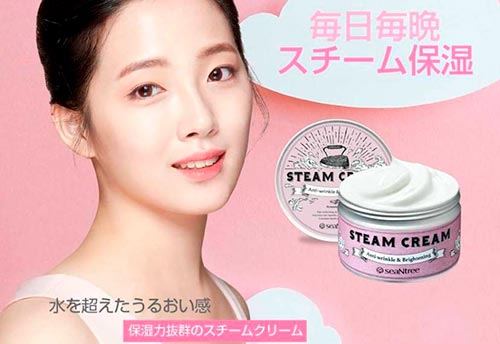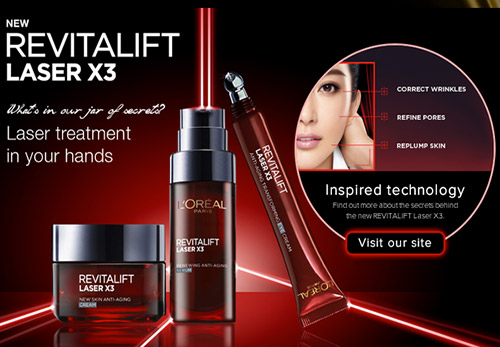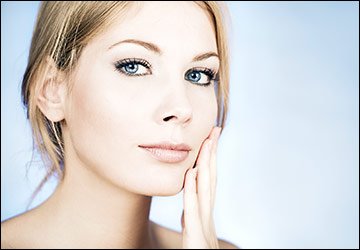Natural cosmetics and healthy food
Taurine in cosmetics - the benefits and harms of taurine
Taurine is of great importance for health and beauty, it participates in the metabolism of fats and vitamins, and also protects cells. But the source of taurine is animal food because taurine is not found in plants. If you have given up food of animal origin, the only source will be cosmetics ...
Taurine Dermo Active Cream
The cream effectively fights against age-related skin changes... First of all, the cream provides antioxidant protection and restores important cell functions, moisturizes and evens skin tone, reduces even deep wrinkles and slows down the aging process of cells. Using this cream, you can improve regenerative processes, increase skin tone. The cream will revitalize dehydrated, tired and aging skin.
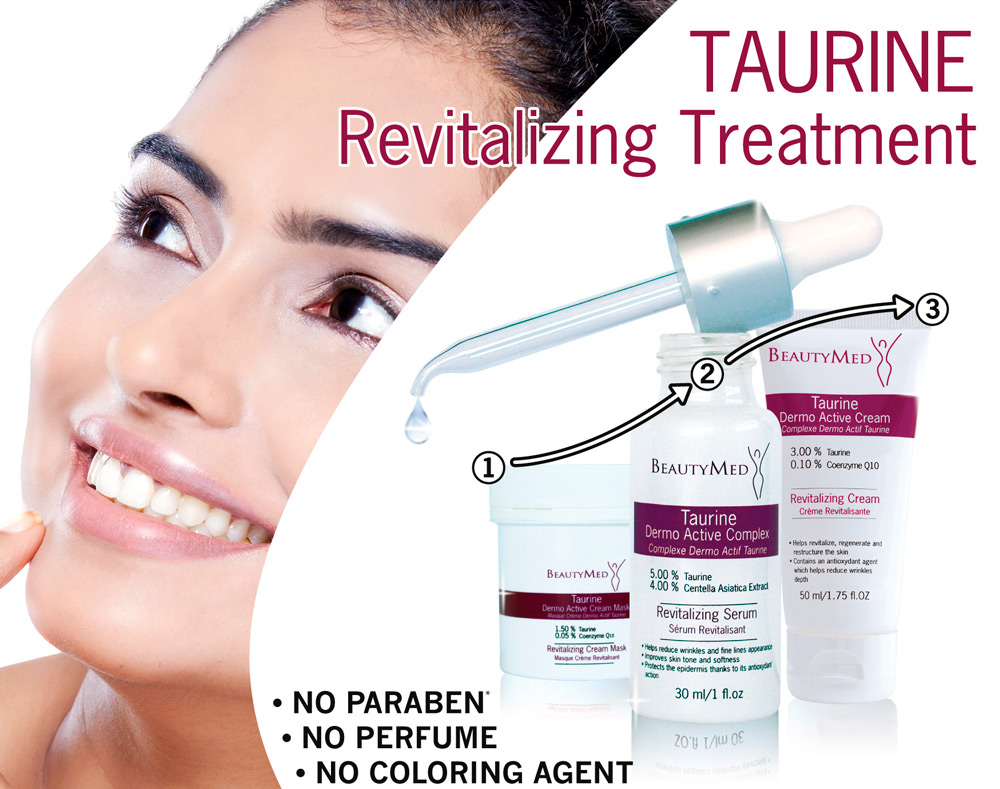
Taurine Dermo Active Cream Mask
This revitalizing cream mask is specially designed for aging and aging skin, as well as for tired and dehydrated skin. The cream mask also contains taurine and many more different and useful components that contribute to the renewal and rejuvenation of the skin, as well as deep hydration. After using it, the depth of wrinkles decreases, and the skin becomes even, dense and elastic.
Once or twice a week, apply the cream mask to cleansed, dry skin of the face and neck. Leave it on for 15 minutes. You can remove the mask with a damp cotton swab. This effect persists for a long time.
Now consider why this will happen?
The cream contains powerful antioxidants, including taurine. Here we will talk about him. Taurine is an amino acid that effectively protects the skin from aging. It is this substance that stimulates cell renewal, helps to get rid of toxins. And all this helps to keep the skin young and healthy, elastic and toned.
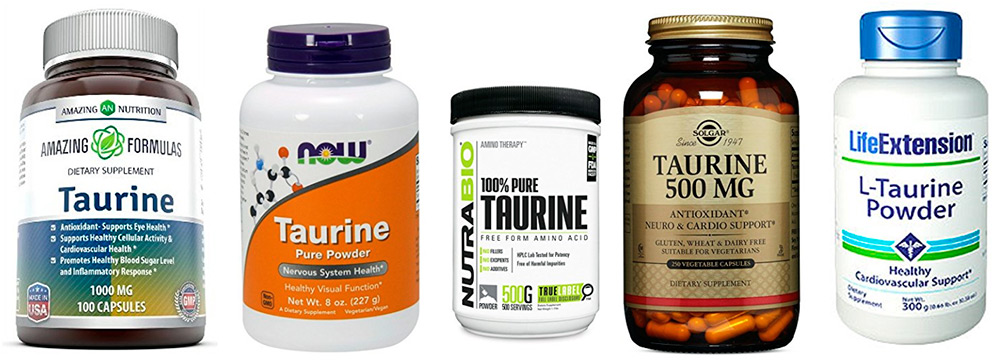
Taurine in the human body
Taurine is present in our body and is essential for every living cell. Taurine improves cell nutrition, helps fight free radicals, and helps to neutralize the negative effects of glucose on collagen fibers. This amino acid normalizes metabolic and energy processes in cells, improves their functioning.
Studies have shown that it is present in the heart muscle, in the spinal cord and brain, in the retina, in the liver, and in the kidneys. Lack of it can lead to various disorders in the body. To maintain the normal functioning of the body, it is necessary to regularly replenish the amino acid.
Taurine is produced in our body, its synthesis occurs in various organs and tissues, however, the concentration depends on many factors - for example, on the sufficient content of vitamin B6 in the body, on the presence of various diseases, stress, alcohol abuse and the presence of certain chemicals affect the synthesis of taurine. ... In order for the concentration in the body to be normal, it is necessary to consume animal products - poultry, fish, eggs, beef, dairy and seafood.
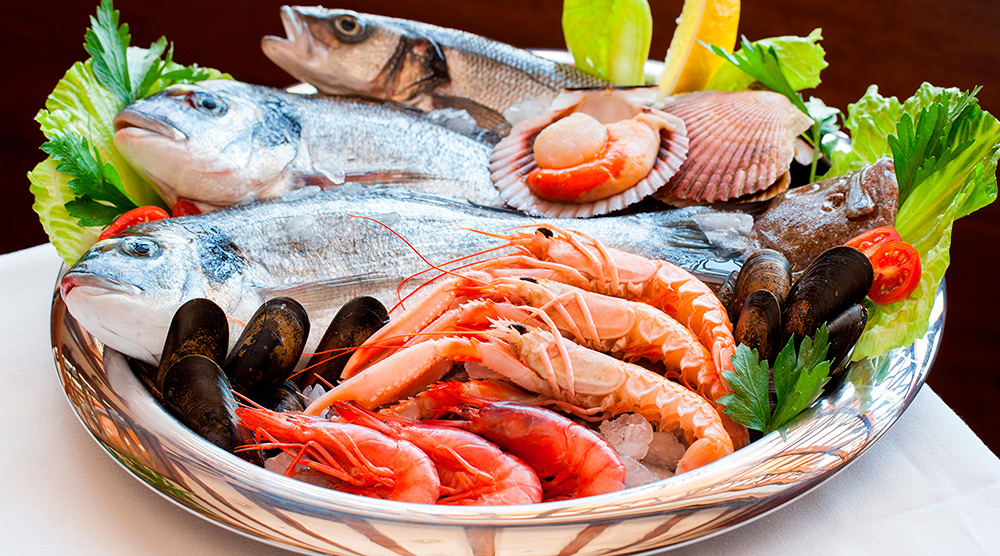
Cosmetic properties of taurine
1. Reduces moisture loss, prevents dry skin.
2. Improves the appearance of the skin, evens out the tone.
3. Promotes skin rejuvenation and protection from external negative factors.
4. Eliminates the effect of "smoker's skin".
5. Helps with breakage, dryness and hair loss.
Sources of Taurine
Taurine was first obtained from bovine bile in 1827. Therefore, the substance was named so: in Latin, taurus - "bull". This amino acid is able to be synthesized in the human body from other amino acids, from cysteine in the liver, from methionine in other organs and tissues.
For cosmetic products, previously only synthetic taurine was used, without the use of substances of animal origin. But this increased the possibility of an allergic reaction. In modern cosmetic production, most manufacturers prefer to extract taurine from natural raw materials.
In this case, marine organisms are used. For example, a method is used for the artificial production of taurine by desalting an aqueous suspension of crushed organs of marine animals. Further processing gives at the exit a white crystalline powder, which is introduced into the aqueous phase of the cosmetic product, since it dissolves well in water. The taurine yield is 7.5-12.5 mg / g of natural raw materials.
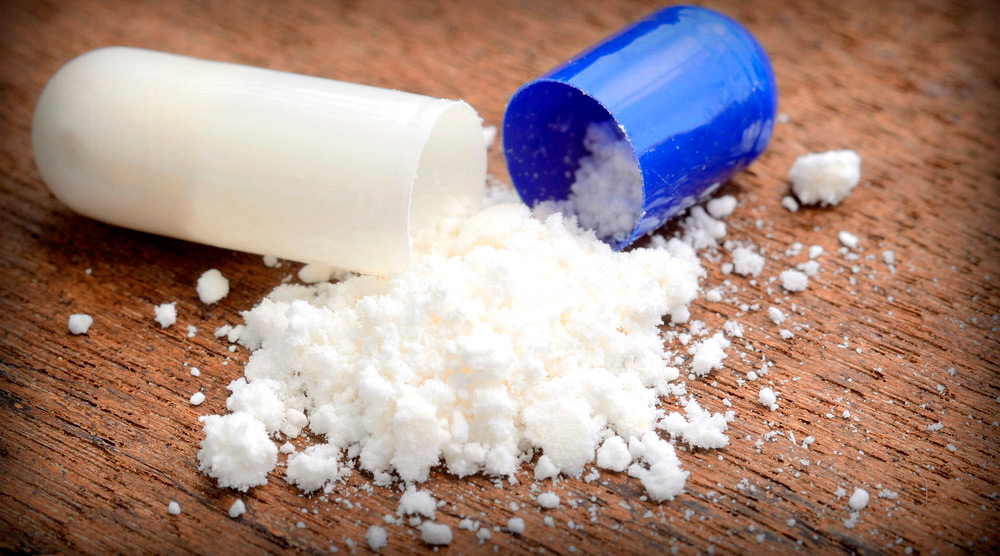
Taurine cosmetics
Taurine has found application in all types of skin care cosmetics, especially age-related. It is added to the composition of cocktails for mesotherapy of the skin of the face and scalp. The dosage in cosmetics ranges from 0.05% to 3%, the maximum is 5%. Although, according to the European Union Regulation, the optimal concentration of taurine in finished cosmetic products can be from 5 to 8%.
This amino acid is found in cleansers such as lotions, cosmetic milk, shower gels, shampoos, toothpastes, and other dentifrices, as well as in children's skin care products.
Taurine is also used in tonics, lotions and hair masks, shampoos, balms and conditioners for the treatment of hair loss, breakage, dry hair and alopecia.
It is also found in moisturizing gels, creams, lotions. It is an active ingredient in anti-aging cosmetics: serums, creams, lotions, masks. Its presence in regenerating alginate masks provides comprehensive skin care: cell regeneration, skin rejuvenation, hydration, increased elasticity and tone.
Taurine contains many cosmetic protection products as well as nail care products.
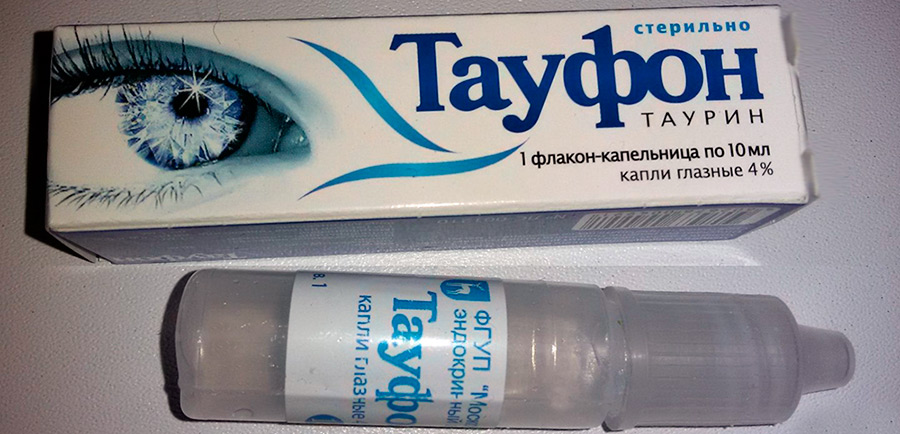
In ophthalmology, the drug taufon is known, in which taurine is the active ingredient. And it turns out that it can also be used not only for eye treatment, but also for facial rejuvenation. To do this, it is enough to wipe your face 2 times a day (morning and evening) for a week (every 25 days).
These drops can be used in homemade creams and masks for both face and hair. For example, whisk one yolk with 5 ml drops and a tablespoon of avocado oil (you can use any other). Apply to damp hair, wear a plastic cap for 40-60 minutes, then wash your hair with a mild shampoo.
Hair treatment course: 1-2 masks per week. Then repeat as needed.
Taurine and its derivatives are non-toxic and non-carcinogenic environmentally friendly product, it has a fairly high level of biodegradability. This valuable substance can only be contraindicated in case of individual hypersensitivity.

Comments and Reviews
Add a comment
Rating news
Shades of clothing that make women look younger
What shades of hair make women younger: rules and photos
Funny wedding dresses - photos and ideas
12 most expensive down jackets for the winter
How to look 25 at 40: tips from supermodels
Beautiful schoolgirls
Anti-aging haircuts and hairstyles for women
Fashionable skirts for autumn and winter
Fashionable women's trousers for the cold season
Fashionable and stylish sandals for summer 2024
Spring-summer 2024
 Fashionable dresses and tops with thin spaghetti straps
Fashionable dresses and tops with thin spaghetti straps
 Bandana tops: how to wear stylishly and beautifully
Bandana tops: how to wear stylishly and beautifully
 How to put together the perfect men's wardrobe for the summer
How to put together the perfect men's wardrobe for the summer
 Trendy shorts for spring-summer 2024
Trendy shorts for spring-summer 2024
 Fashionable skirts for spring-summer 2024: a guide to online shopping
Fashionable skirts for spring-summer 2024: a guide to online shopping
 The most fashionable dresses spring-summer 2024: styles and colors
The most fashionable dresses spring-summer 2024: styles and colors
 Fashionable total look 2024: image ideas and trends
Fashionable total look 2024: image ideas and trends
